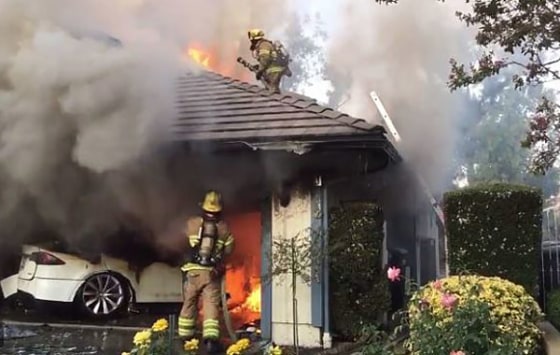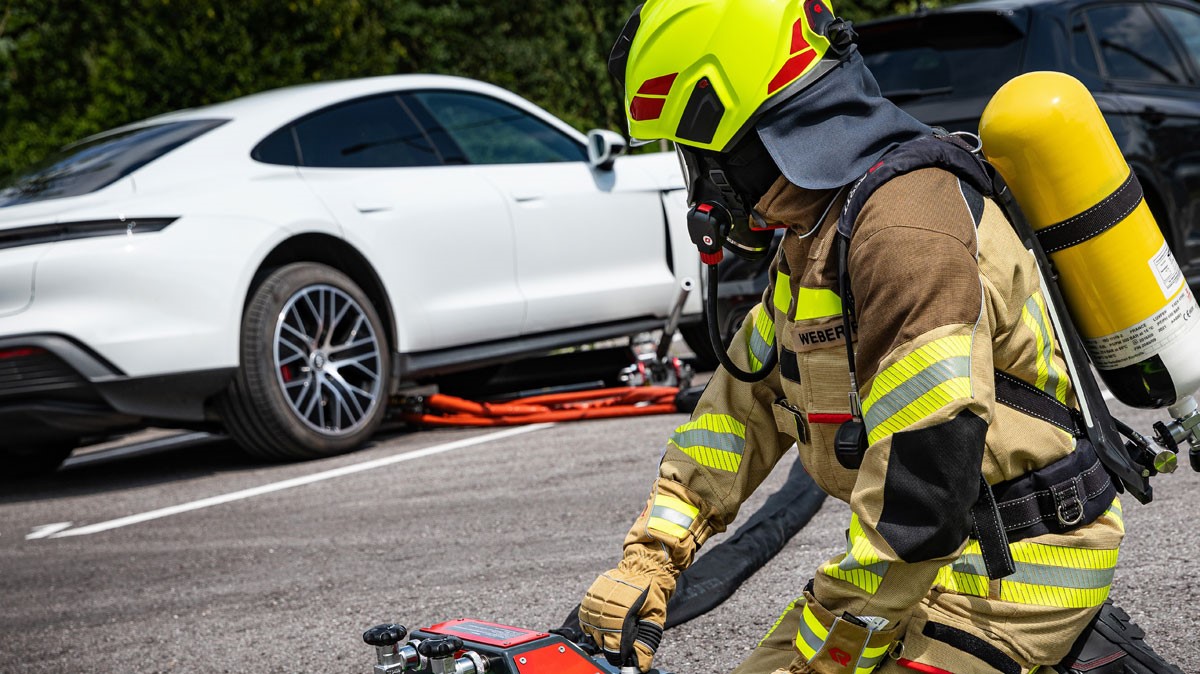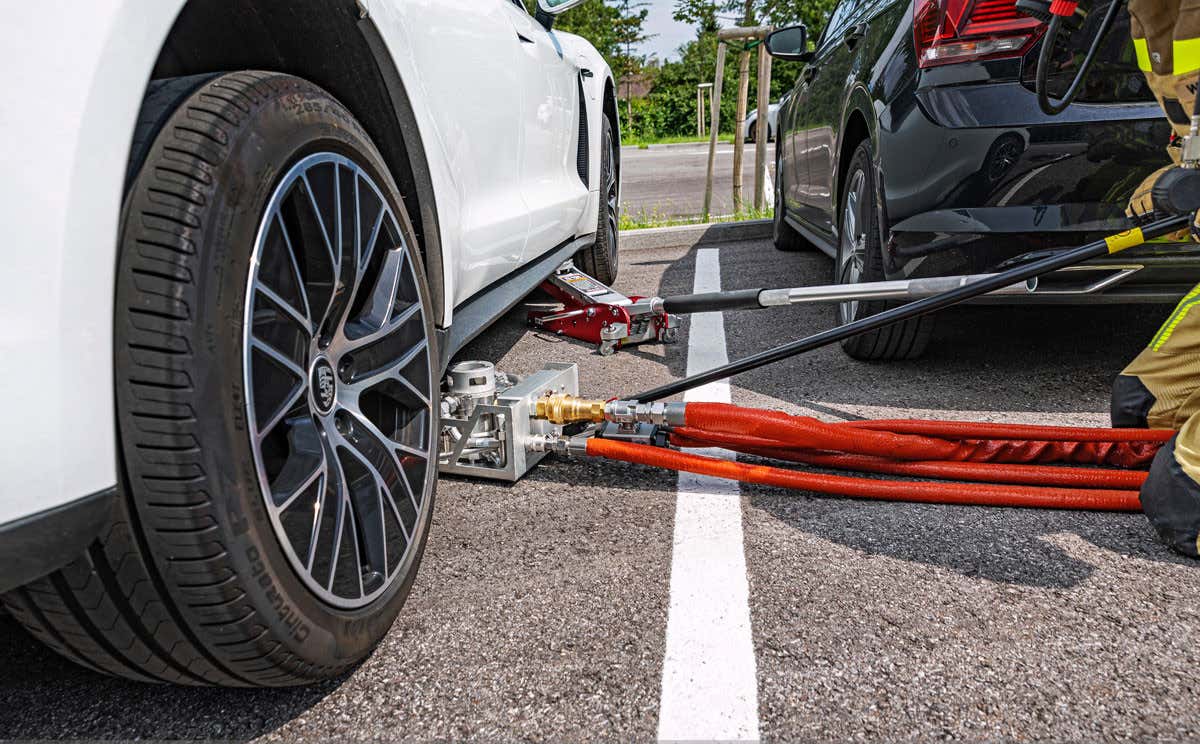Contrary to what many skeptics preach, there’s not enough data yet to confirm that EVs are more likely to catch fire than internal combustion engine cars.
But there’s un irrefutable fact: when electric vehicles do catch fire, they burn fiercely and require a new skillset for emergency respondents to fight the flames.
Austrian firefighting equipment manufacturer Rosenbauer has developed a special EV fire extinguisher, specifically designed to tackle the complexities of EV fires, Rideapart reports.
Want your files back? Pay me
How to protect yourself from ransomware attacks
But first, things first. What makes electric car fires unique?
Yes, lithium-ion batteries are flammable
The issue is the lithium-ion batteries that power EVs up. They store a huge amount of energy in a very small space.
As Professor Paul Christensen from the University of Newcastle explained to Air Quality News, “if the battery is exposed to excessive heat, or there is a penetration in the battery case, then you get an internal short circuit.”
Simply put, this short circuit causes excessive heat, which in turn causes a chemical reaction that generates more heat, making the chemical reaction to develop even faster, which results in more heat — a vicious circle.
This process is called “thermal runaway” and it’s basically what’s generating EV fires.
Four reasons why EV battery fires present a unique challenge
- Due to their intensity, they require larger amounts of water to be put out. According to the Confederation of Fire Protection Associations of Europe, firefighters need more than 60,000 liters of water and a flow rate of 1100 liters per minute to even tackle an EV fire.
- Firefighters also need to prevent the water from flowing into drains because of the toxins the water picks up from the burning batteries.
- During an EV fire, over 100 chemicals are generated from the battery, including toxic gases such as carbon monoxide and hydrogen cyanide, which are fatal to humans.
- Electric vehicle fires can reignite minutes, hours, or even days after the initial event.

Credit: Orange County Fire Authority
Rosenbauer’s solution
The company’s system consists of two parts: an extinguishing unit and a control unit.

The extinguisher can be placed under the vehicle, on the top, or even in the interior to best access the battery. Notably, the extinguisher pumps water directly into the battery, which, as the company notes, makes the cooling process faster and more efficient.
This, in turn, reduces both the amount of water required and the amount of harmful smoke and gases released along the way.
The extinguisher is connected to the control unit, operated by firefighters at a safe distance, 7.6 meters away from the vehicle.

And here’s another plus: once the fire has been put out, the extinguishing unit can be left attached to the car during transport. So in case of reignition, the system is already in place and can reduce response time.
Having completed testing in various battery designs (pouch, prismatic, and round cells), Rosenbauer will move into production. Fire brigades can pre-order the system now and units will arrive in early 2022.
The EV roll out means batteries fires are not going away
Personally, I expect more similar solutions to emerge as the number of electric cars on the road is increasing. Until then, training emergency respondents on the complexities EV fires present is also a necessary step we need to take.

